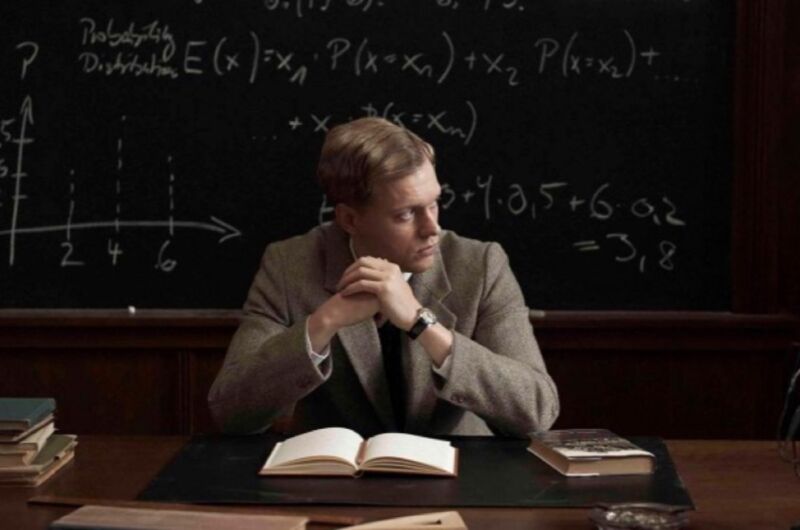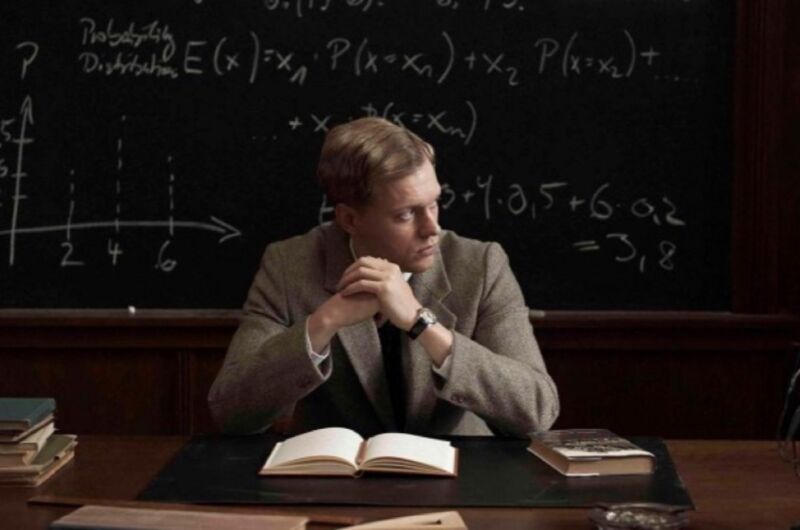
Enlarge / Philippe Tlokinski stars as Stanislaw Ulam in the new film Adventures of a Mathematician . (credit: Samuel Goldwyn Films)
On November 1, 1952, the US detonated the first thermonuclear weapon , dubbed “Ivy Mike , ” off the Enewetak Atoll in what is now the Marshall Islands. Most of us consider the late physicist Edward Teller to be the “father of the hydrogen bomb”—and Teller did indeed champion the notion of a fusion-based “super bomb. ” But hardly anyone outside of physics has heard of Stanislaw Ulam , the Polish mathematician and physicist who helped realize Teller’s objective, although the extent of their respective contributions to the breakthrough Teller-Ulam design remains both highly classified and controversial.
Ulam is also the mastermind behind what is known as the Monte Carlo method of computation, and along with his Hungarian-born colleague John von Neumann , he was a pioneer of early computing technology. He proposed a novel nuclear pulse propulsion method for starships that led to the formation of Project Orion in 1958, with the goal of achieving interplanetary travel. And he was a formidable poker player, as many of his Los Alamos colleagues learned to their detriment.
The life of this extraordinary yet largely unsung scientist is the focus of Adventures of a Mathematician , a new film from German director Thor Klein. Klein’s thoughtful, haunting film is less a straightforward biopic and more an elegant, impromptu narrative composed out of key events in Ulam’s life, set against the backdrop of World War II and its immediate aftermath.





